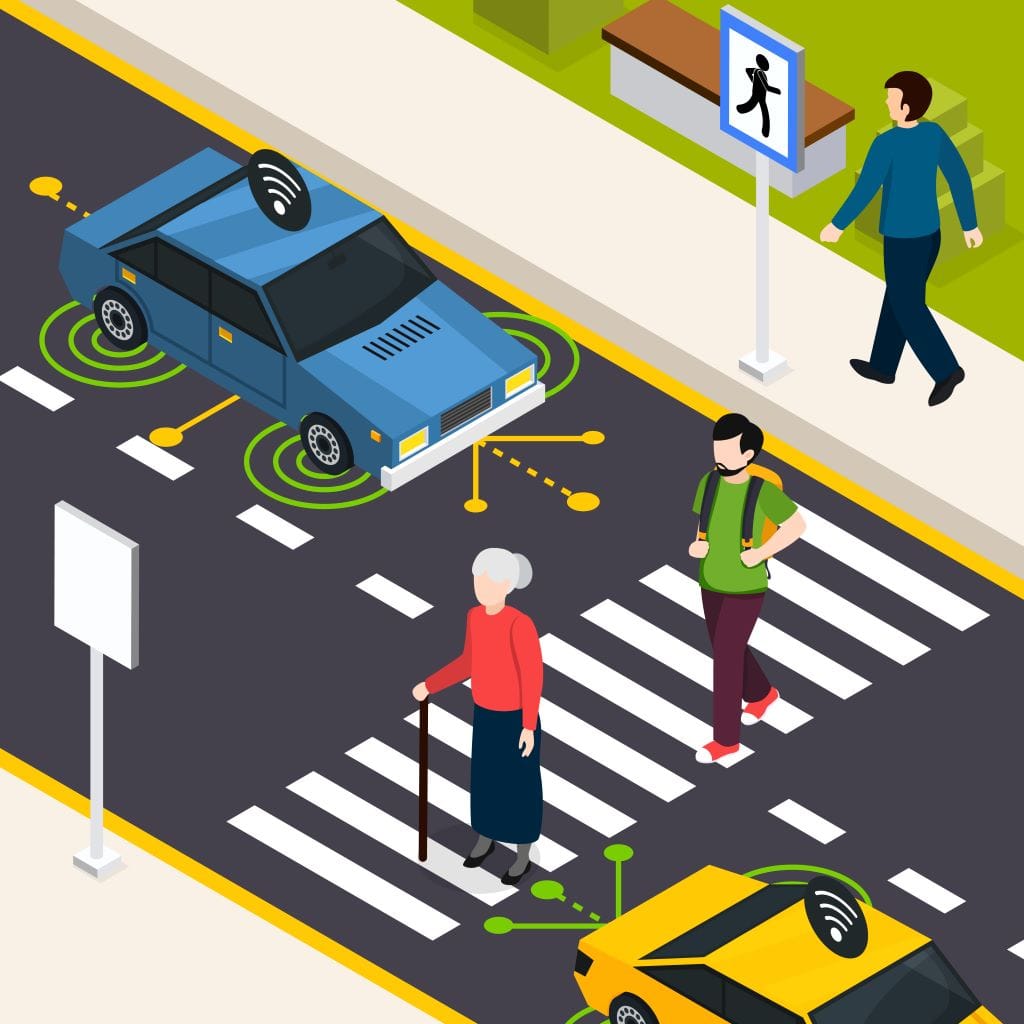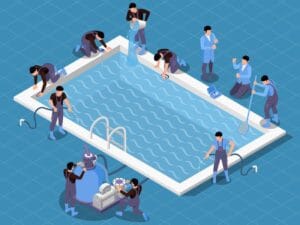Although sidewalks are supposed to be safe and easily accessible for pedestrians, poorly maintained sidewalks could turn into hazardous areas. Pedestrians might trip, fall, or perhaps sustain more severe injuries on such sidewalks. This article examines why poorly maintained sidewalks are a common reason for pedestrian accidents.
If a pedestrian is injured due to poorly maintained sidewalks, they should consult the top pedestrian accident lawyers in the area. These attorneys specialize in cases involving slip and fall incidents, especially those resulting from dangerous sidewalks. Such an attorney can help determine liability and help you seek compensation for medical expenditures, lost income, and pain and suffering.
Common Causes of Sidewalk Accidents

Many sidewalk accidents are directly caused by a disregard for maintenance. These are some of the most common problems that cause pedestrian accidents:
- Cracks and Potholes: Over time, intense weather, wear and tear, or damage from tree roots can all cause cracks in sidewalks. Particularly for those who are distracted or have mobility issues, these cracks pose trip hazards.
- Uneven Surfaces: Sections of sidewalks could get uneven due to shifting ground, water erosion, and tree roots. A pedestrian might trip and fall from even a small height difference in the pavement.
- Debris: Debris includes building materials, trash, or fallen branches that can block sidewalks and create hazards. Pedestrians might not notice these hazards early enough to avoid them.
- Poor Lighting: Broken streetlights or inadequate lighting on sidewalks can make it challenging for pedestrians to detect hazards. Particularly at night, poor vision increases one’s chance of falls and accidents.
- Snow and Ice: In colder climes, snow and ice can build on sidewalks and make them slippery. In especially high-traffic regions, these hazards seriously endanger people if not removed properly.
The Risks of Sidewalk Accidents
From minor scrapes to major life-threatening injuries, the injuries resulting from sidewalk accidents can vary. These are some of the most often occurring injuries:
- Sprained Ankles: A twisted ankle is a common outcome of stumbling on uneven sidewalks; it can take weeks or even months to completely heal.
- Fractures: Falls on hard pavement can readily break the wrist, arm, hip, or leg. Particularly vulnerable are older persons and those with bone density problems.
- Head Injuries: Especially in cases where the pedestrian hits their head on the ground, a fall can cause traumatic brain injuries (TBI). Even mild TBIs can lead to long-term problems.
- Spinal Injuries: Serious falls might lead to back or spinal cord injuries that might cause long-term discomfort or permanent disability.
Anyone who has been injured in a sidewalk accident should get legal guidance to know the best course of action to take. The top pedestrian accident lawyers can make sure the people responsible are held accountable.
Preventing Sidewalk Accidents
Although local authorities and property owners are responsible for sidewalks, pedestrians can help to reduce their risk of injury. Here are some ways to prevent these accidents:
- Walk in well-lit areas, particularly at night.
- Stay alert to possible risks, including cracks, trash, or ice on the sidewalks.
- Tell local officials about broken sidewalks so they may be quickly fixed.
For pedestrians, poorly maintained sidewalks are a major safety issue. By addressing these risks, one can guarantee safer pathways for all and help in reducing the number of accidents that occur.











